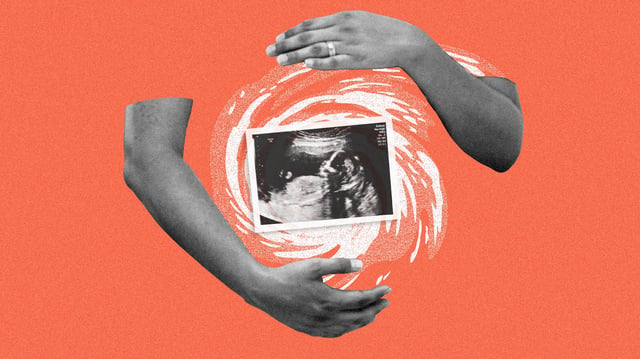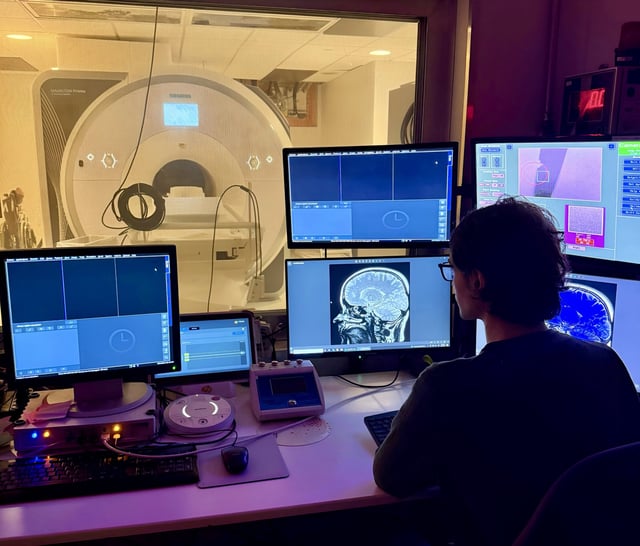Overview
- Researchers at Queens College and CUNY Graduate Center analyzed MRI scans of 34 New York City-born children to compare basal ganglia volumes based on prenatal climate exposure.
- Children exposed in utero to Hurricane Sandy had significantly larger volumes in basal ganglia regions such as the putamen, globus pallidus and right caudate nucleus.
- Extreme heat alone did not significantly affect basal ganglia volumes but intensified the structural changes when combined with prenatal storm exposure.
- Notable shifts included an enlarged left pallidum and a smaller left nucleus accumbens, areas linked to motivation, action and emotion regulation.
- Authors recommend developing targeted support for pregnant women during climate disasters to mitigate potential long-term neurological consequences.


